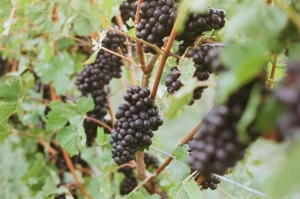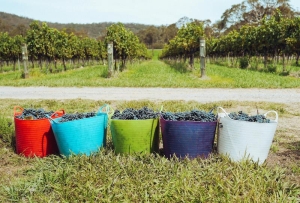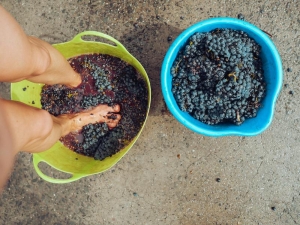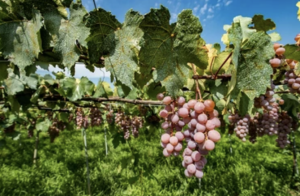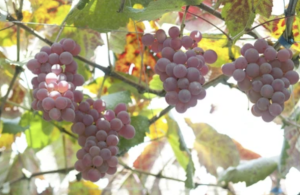The Prosecco Debate: A Sparkling Controversy Between Australia and Italy
In the rolling hills of Italy’s Veneto region, Prosecco means a sparkling wine that is Italian, traditional, cultural and geographical. But a fizzy controversy has erupted as Australian winemakers produce and market their own Prosecco, and the debate goes global, across continents, legal frameworks and what a name means in the world of wine.

The History of Prosecco
Prosecco, a light, refreshing sparkling wine, comes from the northeastern part of Italy, specifically the regions of Veneto and Friuli Venezia Giulia. It’s made mainly from the Glera grape, historically known as Prosecco. In 2009 Italy created the Prosecco DOC (Denominazione di Origine Controllata) and DOCG (Denominazione di Origine Controllata e Garantita) to protect the name Prosecco, tying it to the specific geographical areas where it’s produced. This move was to ensure that only wines produced in those regions and according to strict rules could be labelled Prosecco.
The Australian Scenario
Australia’s wine industry is known for its ability to innovate and adapt and started planting Glera grapes in the late 90s and early 2000s, long before the 2009 Italian legislation. Australian winemakers saw the name Prosecco as an opportunity to connect with consumers who knew the Italian original and the wine took off in Australia and internationally. Many producers jumped on the bandwagon and rode the name’s fun, approachable and affordable bubbles.
But as Australian Prosecco became popular, the Italian wine authorities and the European Union (EU) started to push back, saying the name Prosecco should be protected under the rules of geographical indication (GI). The Italians say just as Champagne must come from the Champagne region of France, Prosecco should be Italian only and tied to its place of origin.

The Legal Fight
The core of the debate is around the meaning of the word Prosecco itself. The Italian position is that Prosecco is not just a grape variety but a place name and therefore should be protected as a geographical indication. Australian producers argue that Prosecco is a grape variety they have been using for years and they shouldn’t be restricted from using the name to describe the wine made from it.
This has led to intense trade negotiations between the EU and Australia. The EU wants to include the protection of the name Prosecco in a broader trade agreement, effectively preventing Australian winemakers from using the term. Australia is resisting this move, seeing it as unfair to their wine industry and a threat to the livelihoods of their Prosecco producers.

The Bigger Picture
The Australian Prosecco debate is not just about wine; it’s about intellectual property, global trade and the balance between tradition and innovation in the wine industry. For Italy, the protection of the Prosecco name is about cultural heritage and making sure consumers aren’t misled by products that don’t meet the same standards as the Italian original.
For Australia it’s about market fairness and the right to use a term that’s become part of their wine industry. Australian winemakers say they’ve invested heavily in the Prosecco brand and consumers associate the name with a style of wine rather than a place.
Prosecco in Australia
For now the dispute remains unresolved with both sides dug in. The outcome of this will have big implications for other products that use geographical indications and potentially set a precedent for how these disputes are handled in the future.
For wine lovers and producers in Australia the name Prosecco may become a battlefield in a bigger fight over the right to use cultural terms in a globalised world. Whether Australian Prosecco will continue to be called Prosecco or will have to rebrand remains to be seen but one thing is for sure, this bubble is far from popped.
In the end the Prosecco debate gets to the heart of identity, authenticity and the future of the global wine industry. As Australia and Italy dig in their heels the world watches with interest, glass in hand, to see which way the cork will go.



